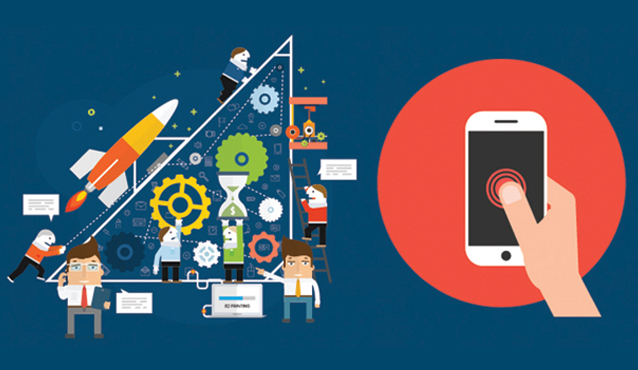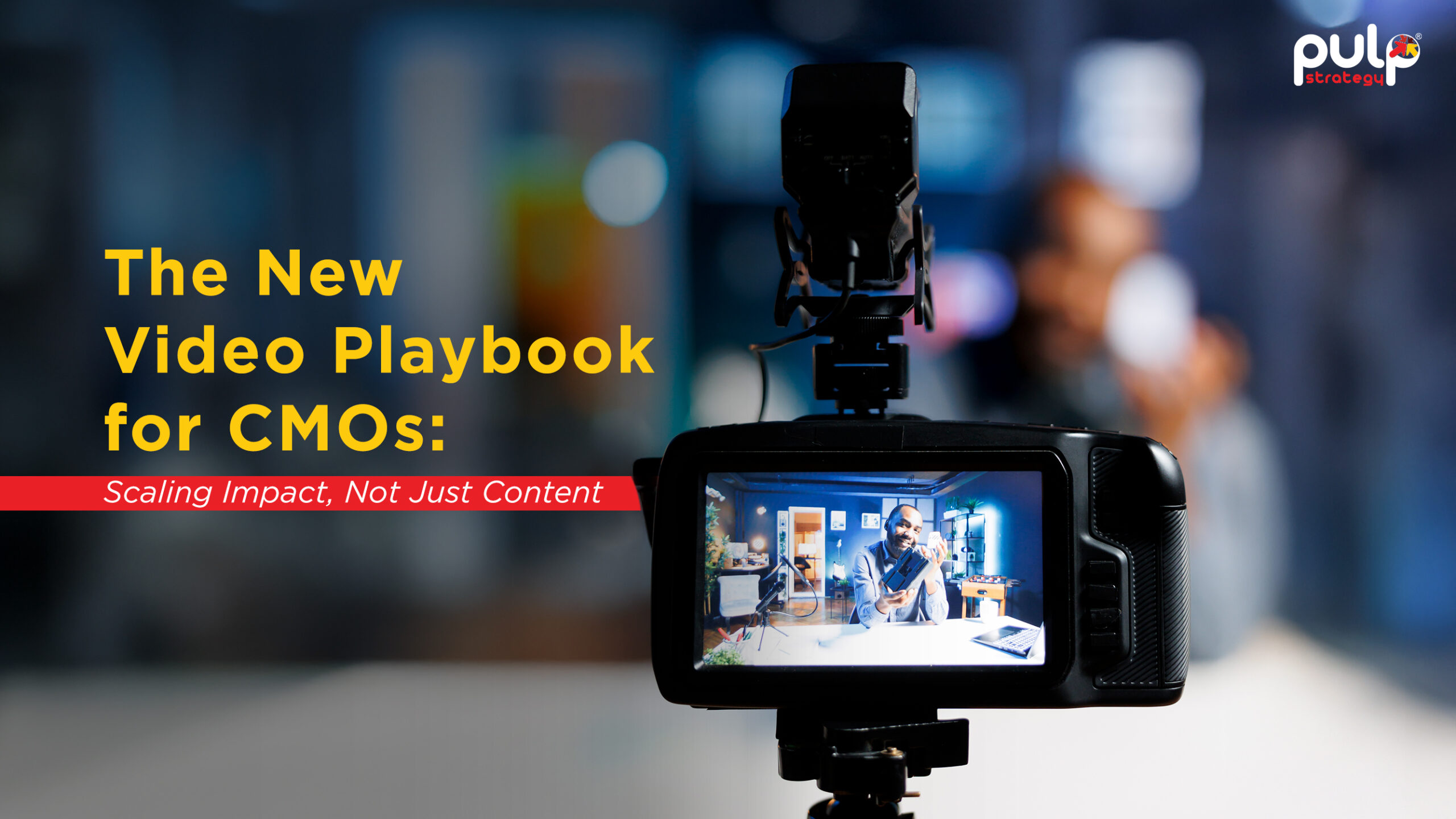The brand activation of a product through marketing across multiple channels creates a lot of data base. However organizing and activating the right data assets to maximize cross-channel performance is a challenge. In order to better understand the target audiences, optimize sales and minimize marketing wastes, it is mandatory for a brand today to align with digital activation and reporting.
The ever evolving world of marketing is over flooded with too many channels which poses a hindrance to proper brand messaging. Bearing this in mind the smart consumers today demand conversations or experience that they can connect with. The best way to activate a brand-consumer relationship is integrated experience infused with technology. The surge in the ever evolving digital platforms, technologies, channels and media properties has created a digital ecosystem for the consumers to live in. The marketers can now initiate a dialogue and navigate through the complexities aided by the best of the digital marketing solutions coupled with accountability, conversations and adoption driven measurability. However, to be a success amongst the Indian audiences, a combination of digital and offline channels is advisable.
There are various marketing tools and evolving technology that enhances the marketing policies for the marketers. One such tool is POSM, which stands for point of sale material; these are used for executing advertising campaigns, exhibitions and presentations. As an effective marketing tool, well thought out and properly presented POS materials attract consumer attention and promote the brand. Due to their appealing and informative nature, POSM is capable of stimulating purchases directly at the point of sale. The POSM materials include wobblers, self-talkers, stoppers, price tags, promotional stands, roll-stands, banners and hard posters. The creation of POSM is a comprehensive service and involves idea development, design, production and delivery.
Apart from this, given the scenario of the constantly evolving mobile landscape, marketers who keep up with the changes and incorporate them in their promotional and engagement strategies stand a chance of success in today’s highly competitive world. In this evolution, Near Field Communication (NFC) is one technology that has made it big in marketing. NFC is a technology embedded in the latest mobile devices that allows secure communication between the mobile device and a transmission device. NFC allows the visitors to delve deeper, to view customized rich media, receive targeted special offers, share experiences and most importantly, make a purchase, all through their smartphones.
Technology today has superseded the traditional ways of marketing where brands endorsed by celebrities had a direct impact on the consumers. Technology has penetrated deep into the processes and Augmented Reality is one such technology that has transformed the way people brand and sell their products. Augmented Reality (AR) is the new buzzword and AR games have become a favorite with brands and consumers alike. It is one of the latest forms of strategies adopted by companies who use it to combine elements of print and online advertising. It is viewed as an ideal way to deliver persuasive messages to a technologically bent audience. This technology brings in a unique customer experience and acquaints the market with a fun filled method to reach the consumers and put life into an everyday product. It adds a sense of excitement to the process, appealing to a greater number of customers which is absolutely in sync with the aim of marketing.
When it comes to online marketing, the target audiences are active in many places through social networks such as Twitter and Facebook to search engines such as Google. The marketers today have realized the fact that neglecting either of the platforms could mean their competition dominating in that sphere and their brands simply missing out on sales. Therefore it is important for them to engage in all popular spaces online. However, being engaged in too many platforms at a time could also hamper effective marketing. The marketers should be able to gauge their efforts in order to understand where they stand. Countering this concern is the marketing dash board. It is simply a graphical interface that allows the brand marketers to have an over view of the entire marketing strategy in just a single view. It provides a simple interface which enables viewing the key performance indicators at a glance and the irrelevant data to be cut out very easily.
The process of marketing has tremendously evolved over the years. In the early days the brands and retailers where mostly dependent on the on-ground activation of a brand or a product which included setting up kiosks, vans or door-to-door activities across cities. This had its limitations in terms of reach and numbers. However today the merger of technology and traditional ways of marketing has gone beyond these difficulties and has helped such activities burst across groups, town, cities and countries. For instance, Philips grooming and styling products created a triangulation of social media, experimental marketing and earned media coverage. They did it by creating a hash tag on social media. Social media drove consumers to experience makeovers at high footfall malls and top campuses nationally; where qualified stylists helped youngsters create new looks using Philips products. This amalgamation of technology with on ground activation created a buzz and rendered the marketing campaign more effective.
It can therefore be culminated that technology in marketing not only channelizes the messaging of the brand but also helps the brand to see what it needs to see quickly and efficiently. In order to make the most of the opportunity, it is imperative to engage all the marketing technology strategically and create an image of the brand that the consumers can experience even before they decide to purchase the product.
First Appeared In - India Retailing







